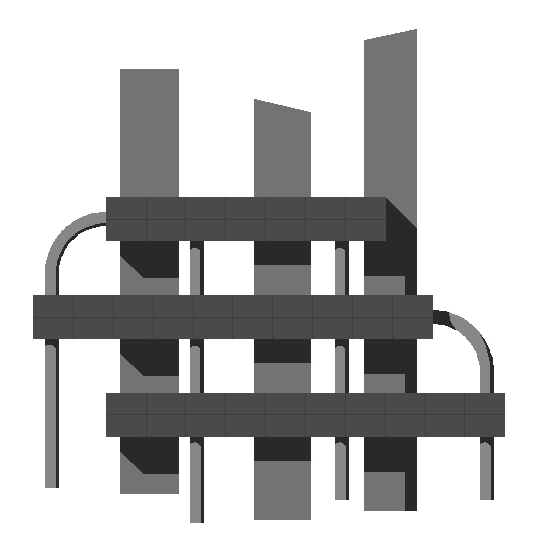|
Docente/i:
Gianmario Motta
Denominazione del corso: Business analysis and service design - mod. B
Codice del corso: 506578
Corso di laurea: Computer Engeneering
Sede: Pavia
Settore scientifico disciplinare: ING-INF/05
L'insegnamento è caratterizzante per: Computer Engeneering
Crediti formativi: CFU 6
Sito web del corso: n.d.
Obiettivi formativi specifici
Module A teaches techniques to design innovative BPs and related services at a business level. Module B teaches concepts and techniques for designing, implementing and deploying service systems that provide the IT support needed for innovative BP and Business Services. The course is based on an active approach, where students develop 4 assignments, respectively on business, functional, technology and project architecture, that reflect the corresponding parts of module B. Students also will develop a prototype of SS.
Programma del corso
PART B1 - Business Architecture of Service Systems (SS)
The current age sees both a growth of services –e.g. Finance, Transport etc. – and of the servitization of manufacturing, where you do not buy a product but its usage (e.g. you do not purchase a car but you pay its use, you do not buy computers but you pay a cloud service). Hence the business architecture of business services is a key to design an effective functional and technological architecture of related systems. The business architecture of a service is described by its business model, the user story / objectives of its stakeholders and the structure of their relations. This section provides the techniques for describing the Business Architecture of SSs
- Description of the Business Model (narrative)
- User stories (narrative)
- Goal Oriented Analysis and Use Cases (graphic language)
Part B2 - Functional Architecture of Service Systems (SS)
This part sketches a reference framework for the functional architecture of SS based on the experience with IRMA, a project carried out by a consortium of Universities and Municipalities. Service Systems are (SS) sit on top of Internet of Things (IOT) Internet of Services (IOS) and provide value propositions to a wide range of stakeholders. A layer called Internet of Data (IOD) provides the semantic links needed to access the information sources. The section teaches the functional architecture through the illustration of various case studies, namely:
- Overall architecture of SSs : Internet of Things (IOT), Internet of Services (IOS), Internet of Business (IOB), Internet of Data (IOD)
- Service Layers
- Information layers
- An example of SS: Trip Planner
- SSs in various industries
Part B3 - Technology architecture of Service Systems (SS)
This part sketches a reference framework for the technology architecture of SSs based on the experience with IRMA. The technology architecture reflects a SOA/ EDA paradigm and is deployed by opens source software. The section include provides foundation and techniques to implement, deploy an test SSs by:
- Foundations on SOA and EDA
- Foundations on Cloud and Cloud Deployment
- An example of SS: Trip Planner
Part B4 - Project architecture of Service Systems (SS)
This part sketches a reference framework for designing ad managing a SS project. It includes:
- General foundations on project architecture: Activity Breakdown Structure, Product Breakdown Structure, Organization Breakdown Structure, Work Breakdown Structure
- The lifecycle of SSs: Top down analysis and bottom up implementation
- Analysis of project impact: economic impact and social impact
Prerequisiti
Foundations on Organization Theory and a general familiarity with Information Requirements Analysis would help
Tipologia delle attività formative
Lezioni (ore/anno in aula): 45
Esercitazioni (ore/anno in aula): 0
Attività pratiche (ore/anno in aula): 0
Materiale didattico consigliato
Hefley & Murphy. Service Science, Management and Engineering. Springer 2008.
Journal readings .
Modalità di verifica dell'apprendimento
Students develop a project work under the supervision of the course teacher, in which they use the techniques that have been taught. The final mark sums: 1. team work (written document) 2. individual discussion of team work. 3. individual oral examination on foundations.
|




![]()




![]()